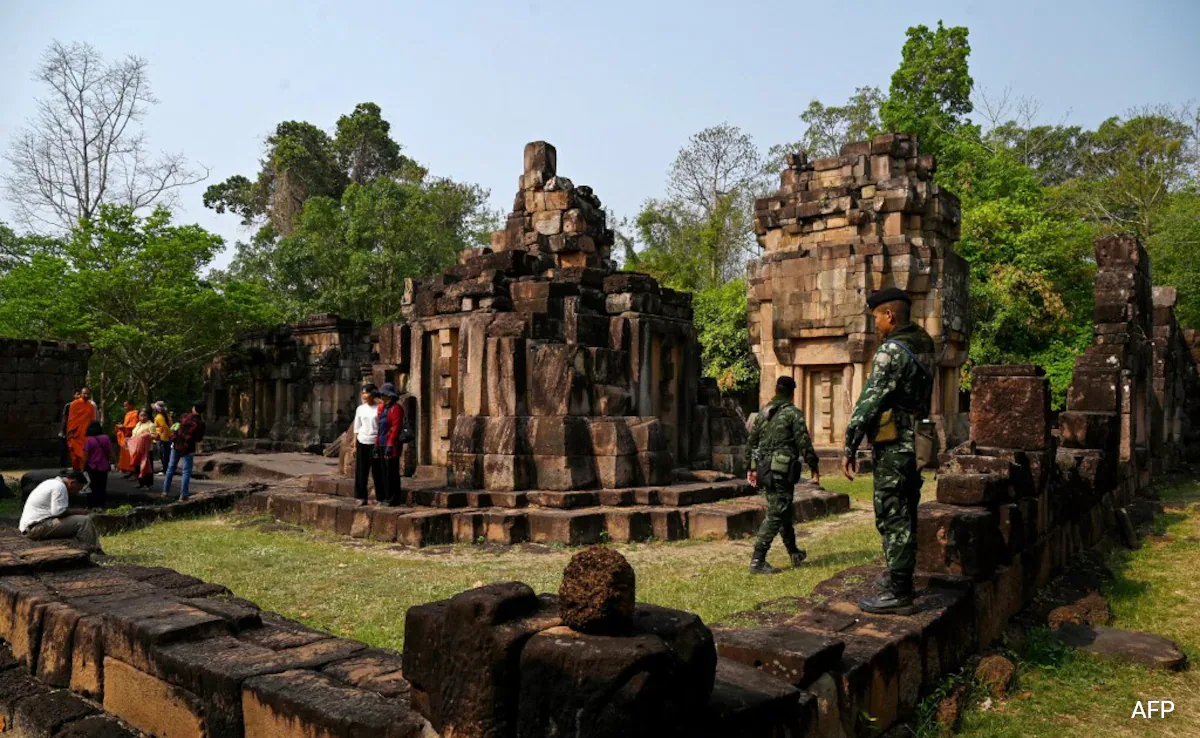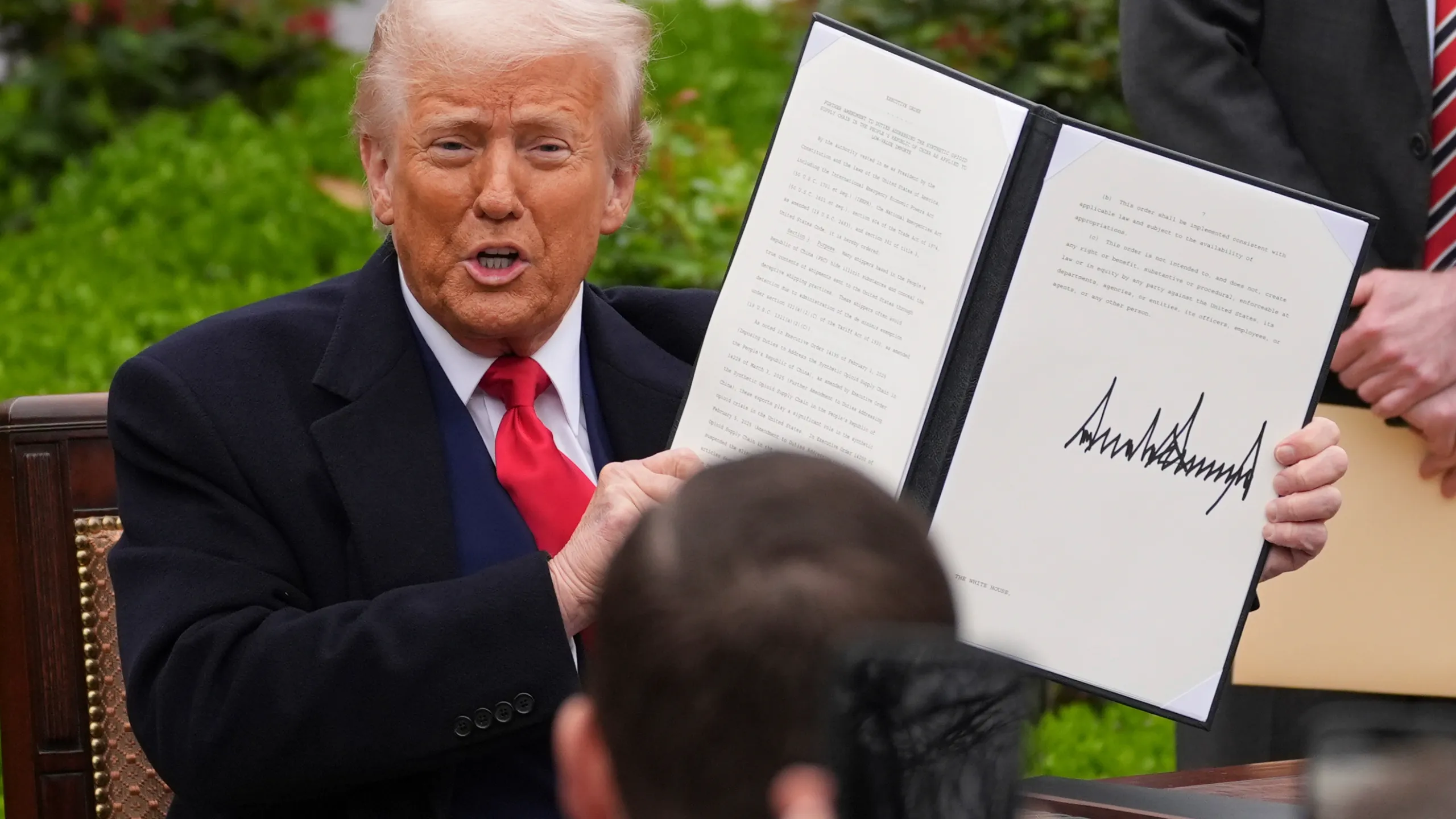
The geopolitical landscape of Southeast Asia has been punctuated by a complex history of territorial disputes, cultural heritage, and national pride. Among the most intriguing and contentious sites are the ancient Shiva temples situated along the sensitive borders of Thailand and Cambodia. These temples are not only remarkable archaeological monuments but also symbols that have fueled longstanding disputes, sometimes escalating into violent clashes. This article delves into the historical significance of these temples, their role in regional conflicts, and the broader cultural and political implications shaping the current landscape.
The Historical Significance of Shiva Temples in the Region
The temples at the heart of the Thailand-Cambodia border dispute are relics of the Khmer Empire, which was a dominant force in Southeast Asia from the 9th to the 15th centuries. Among these, Prasat Preah Vihear and Prasat Ta Muen Thom stand out as iconic symbols of ancient Hindu architecture and cultural heritage. Built during the Angkorian period, these temples showcase intricate sandstone carvings, expansive terraces, and architectural ingenuity that reflect their religious and strategic importance.
Prasat Preah Vihear is especially renowned for its commanding location atop a 525-meter cliff in the Dângrêk Mountains, offering a panoramic view of the surrounding landscape. Its elevated position not only provided a strategic military advantage but also positioned it as a vital spiritual site dedicated to Shiva—one of the principal deities in Hinduism. The temple complex has been a revered pilgrimage site, as well as a symbol of Khmer cultural identity.
Similarly, Prasat Ta Muen Thom is an imposing sandstone structure located nearby. Its origins date back to the same period, and while it may not be as architecturally elaborate as Preah Vihear, its location and historical context make it a key piece of Southeast Asia’s ancient Hindu civilization. These sites collectively represent the extensive reach of Khmer influence, which extended into parts of what are now modern Thailand and Cambodia.
The Disputed Borders and the Role of Heritage
During the colonial period, borders between Thailand and French Indochina (later Cambodia) were drawn through various treaties. However, many of these demarcations remained ambiguous, especially concerning ancient temple sites located on border regions. The sovereignty over Prasat Preah Vihear, in particular, became a flashpoint when a 1962 International Court of Justice (ICJ) ruling affirmed Cambodian sovereignty over the temple, partly based on historical documents and treaties.
Despite this ruling, the border area remained contentious. The temple itself sits atop a high ridge that offers commanding views of both countries, making it a strategic military vantage point. Over the years, both nations have perceived the temples as part of their national heritage, fueling a sense of cultural ownership and national pride. These overlapping claims have often resulted in violent clashes, especially when boundary lines are perceived as being challenged or encroached upon.
In recent decades, the temples have become symbolic battlegrounds representing much more than their historical significance. They embody the intertwined identities of Cambodia and Thailand, and their control symbolizes dominance, cultural affirmation, and sovereignty in the eyes of both peoples.
The Role of the Temples in Modern Conflicts
Escalation of Clashes and Military Confrontations
While the temples are ancient relics, their strategic locations have not diminished their importance in contemporary geopolitical conflicts. The border skirmishes around Prasat Preah Vihear and Prasat Ta Muen Thom have periodically escalated into armed clashes, involving artillery fire, missile exchanges, and sometimes casualties among soldiers and civilians.
A stark example of this was a missile exchange reported in recent years, which resulted in the loss of lives and heightened tensions between the two nations. Video footage captured the intensity of these encounters, highlighting the ongoing dispute’s seriousness and the fragile peace in the region (NDTV).
Diplomatic Efforts and Ceasefire Initiatives
Amidst these violent episodes, both countries have occasionally engaged in diplomatic dialogues to de-escalate tensions. Thailand has expressed its willingness to hold bilateral talks with Cambodia, emphasizing regional mediation and diplomatic solutions (Al Jazeera) and regional organizations have called for dialogue and restraint. However, the deep-rooted nature of these disputes means that diplomatic efforts often require sustained negotiation, confidence-building measures, and international support to succeed.
Cultural Heritage as a Double-Edged Sword
The ancient temples are undeniably treasures of humanity’s shared cultural history. Yet, their significance in national narratives often complicates resolution efforts. Countries tend to view such sites as vital parts of their cultural identity, making concessions politically sensitive. The temples symbolize not only religious and historical ideals but also contemporary sovereignty, territory, and pride.
The dispute thus embodies a broader struggle over heritage and history, where archaeology and diplomacy intersect. Protecting these monuments from further damage due to conflict, while ensuring their status remains respected, is a challenge for conservationists and policymakers alike.
Conclusion: The Path Forward
The temples of Prasat Preah Vihear, Prasat Ta Muen Thom, and other relics along the Thailand-Cambodia border are much more than ancient stone structures. They are potent symbols of history, religion, identity, and sovereignty—elements that continue to influence regional stability. Moving forward, sustained diplomatic engagement, respect for cultural heritage, and regional cooperation are essential to prevent conflicts and preserve these monuments for future generations.
Their preservation must transcend political disputes, recognizing these sites as part of our shared human history. Only through mutual understanding and international cooperation can the region ensure that these ancient monuments are protected from the tides of nationalism and conflict.
For more updated news please keep visiting Prime News World.








